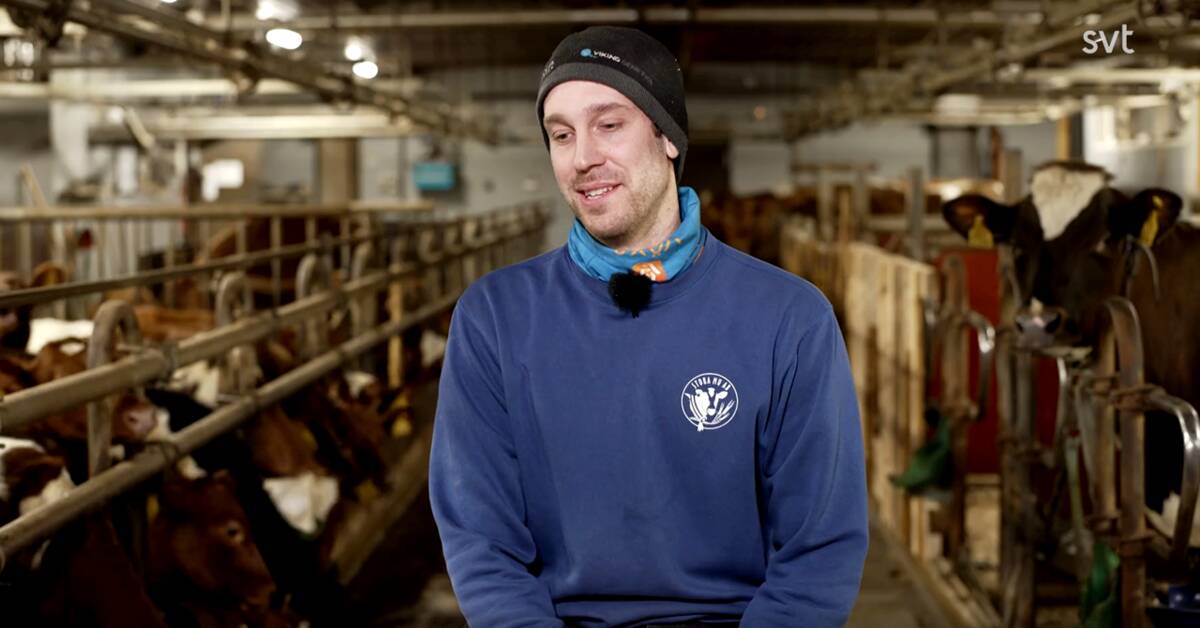Johan Liljebäck is a dairy farmer in Överkalix, just a few miles south of the Arctic Circle.
The farm is modern and profitable - and has weathered the crisis well.
- We manage because we raised milk prices so much that it compensates for the more expensive inputs, he says.
Input goods are the goods that agriculture needs to produce, including animal feed, fertilizer and fuel.
Goods that have risen sharply in price as a result of the war in Ukraine.
"Feeling a bit panicky"
- We began to realize that there was a crisis in the fall of 2021 when concentrate prices skyrocketed.
There was a bit of panic, says Johan Liljebäck.
Now it's about getting as much milk as possible for each kilo of feed, he says.
- If you reduce the concentrate, the cows will milk noticeably less.
So far it has worked out.
Although life is very much about long working days and a constant calculation of the economy, the milk truck can pick up upwards of 8,000 liters every other day to drive to the dairy in Luleå.
Signs of falling prices
But it is certainly noticeable that it is a difficult time and that the future is uncertain.
It's not just that the war looks set to go on for a long time.
- If the milk price drops this spring, there is a big risk that the costs will exceed the income.
Because our costs will probably not drop at the same speed, says Johan Liljebäck.
There may be reason to worry.
Dairy products are affected by the world market price and the country's dairy farmers have received signals that this is about to drop.
For Johan Liljebäck, who is also a board member of Norrmjerier, it would not be good at all.
- If you want to have a Swedish milk production, we have to get coverage for our costs.

